Rising Electricity Costs
The increasing cost of electricity is a significant driver for the Global Solar Hybrid Inverter Market Industry. As traditional energy prices continue to rise, consumers are seeking alternative energy solutions to mitigate their electricity expenses. Solar hybrid inverters provide a viable option by enabling users to generate their own electricity, thus reducing dependence on grid power. This trend is particularly evident in regions where electricity prices are soaring, prompting homeowners and businesses to invest in solar energy systems. The potential for long-term savings on energy bills is likely to propel market growth in the coming years.
Market Growth Projections
The Global Solar Hybrid Inverter Market Industry is projected to grow significantly, with estimates indicating a rise from 9.69 USD Billion in 2024 to 24.8 USD Billion by 2035. This growth reflects a compound annual growth rate (CAGR) of 8.9% from 2025 to 2035, highlighting the increasing adoption of solar hybrid inverters across various sectors. The market dynamics suggest a robust expansion driven by technological advancements, government incentives, and rising consumer awareness regarding renewable energy solutions. Such projections indicate a promising future for the solar hybrid inverter market, positioning it as a key player in the global energy landscape.
Growing Environmental Awareness
Growing environmental awareness among consumers is a pivotal factor influencing the Global Solar Hybrid Inverter Market Industry. As individuals and organizations become more conscious of their carbon footprints, there is an increasing preference for sustainable energy solutions. Solar hybrid inverters, which facilitate the use of renewable energy, align with this shift towards eco-friendly practices. This heightened awareness is driving demand for solar energy systems, as consumers seek to contribute to environmental conservation. The market's growth trajectory appears promising, as more people recognize the benefits of adopting solar technology in their daily lives.
Government Incentives and Subsidies
Government incentives and subsidies play a crucial role in the expansion of the Global Solar Hybrid Inverter Market Industry. Many countries are offering financial support to encourage the installation of solar energy systems, including tax credits, grants, and rebates. These initiatives lower the initial investment barrier for consumers and businesses, making solar hybrid inverters more accessible. As a result, the market is expected to witness substantial growth, with a projected CAGR of 8.9% from 2025 to 2035. Such supportive policies not only stimulate demand but also contribute to the overall transition towards sustainable energy solutions.
Increasing Demand for Renewable Energy
The Global Solar Hybrid Inverter Market Industry is experiencing a surge in demand driven by the global shift towards renewable energy sources. Governments worldwide are implementing policies and incentives to promote solar energy adoption, which is reflected in the projected market growth from 9.69 USD Billion in 2024 to 24.8 USD Billion by 2035. This transition is not only environmentally motivated but also economically beneficial, as solar hybrid inverters enhance energy efficiency and reduce reliance on fossil fuels. The increasing awareness of climate change and the need for sustainable energy solutions further bolster this trend, indicating a robust future for the solar hybrid inverter market.
Technological Advancements in Inverter Design
Technological innovations are significantly shaping the Global Solar Hybrid Inverter Market Industry. The development of advanced inverter technologies, such as multi-mode operation and smart grid integration, enhances the efficiency and reliability of solar energy systems. These advancements allow for better energy management, optimizing the use of solar power and reducing energy costs for consumers. As inverter technology continues to evolve, it is likely to attract more investments and drive market growth. The integration of artificial intelligence and machine learning in inverter systems may further improve performance, suggesting a promising trajectory for the industry.
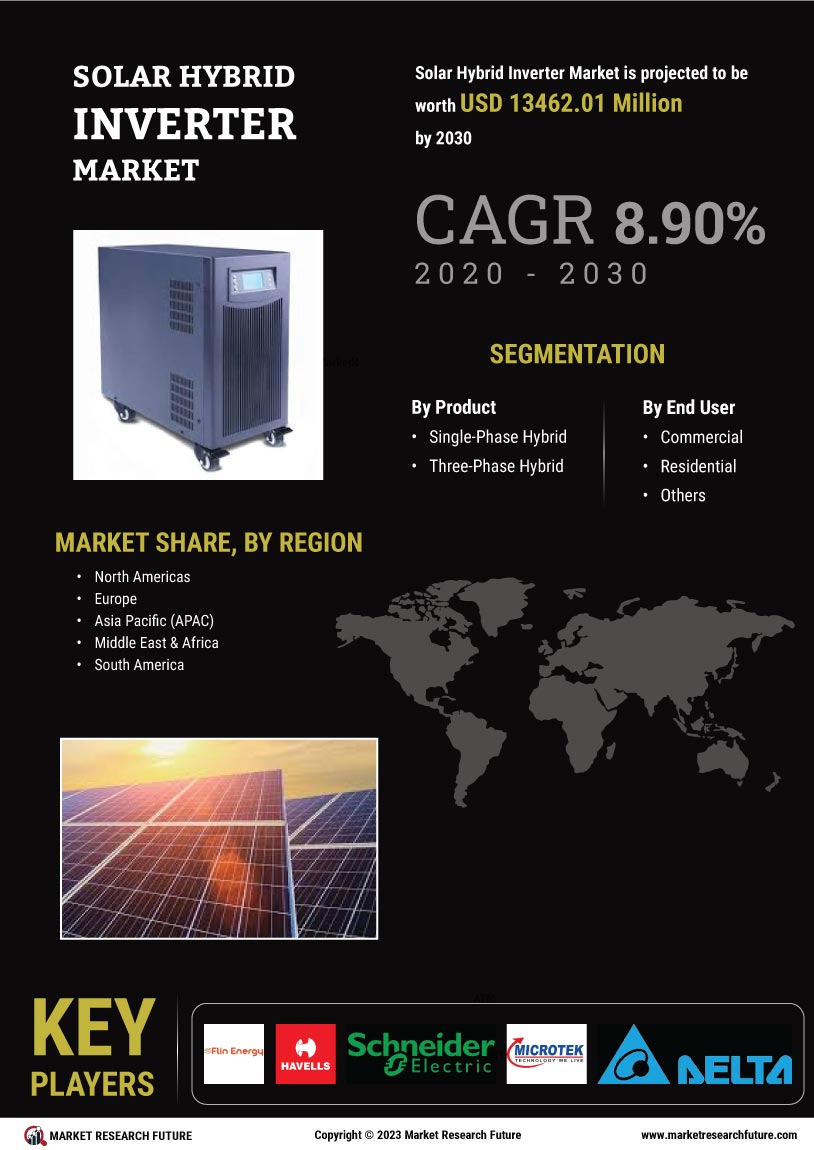

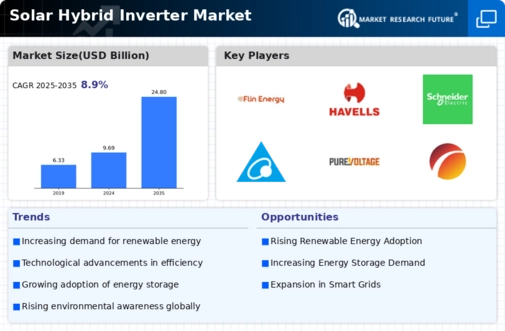
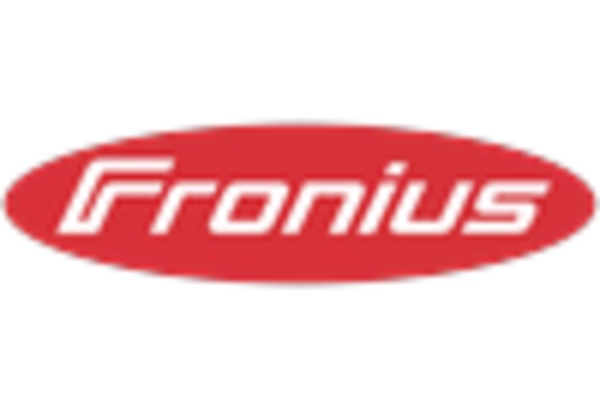
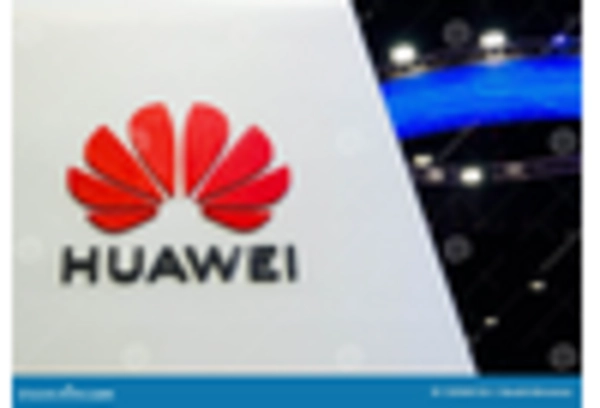
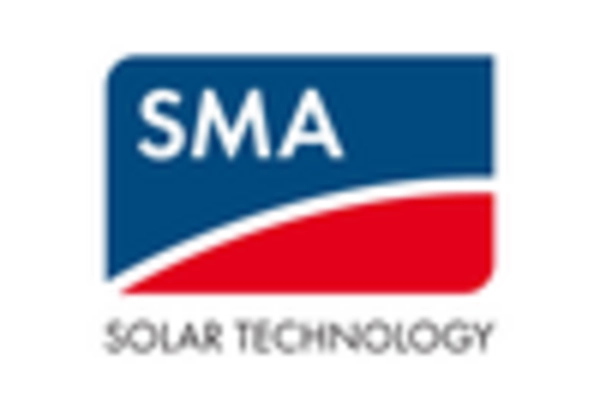
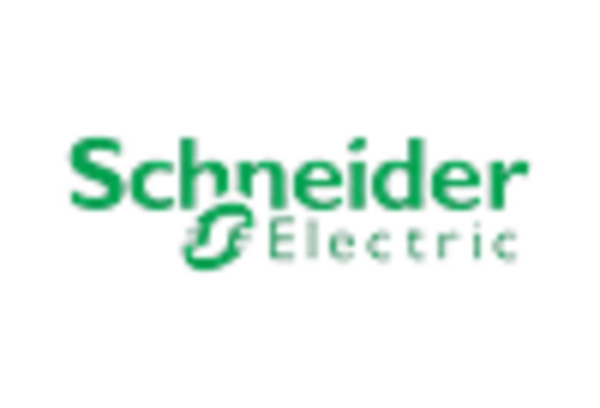
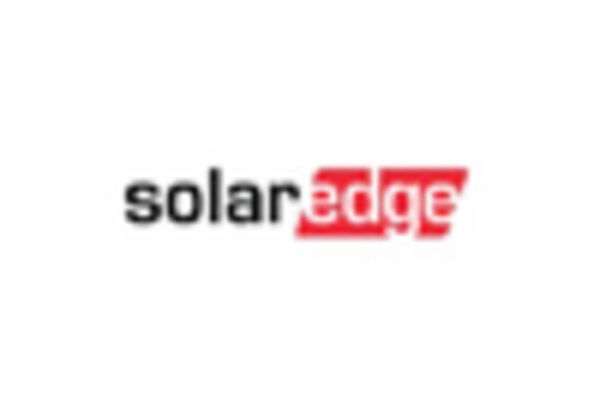
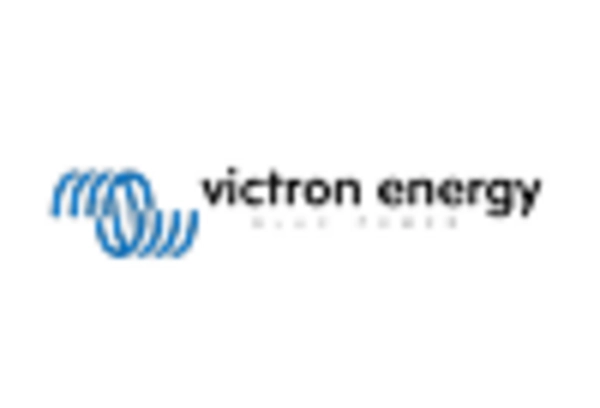








Leave a Comment